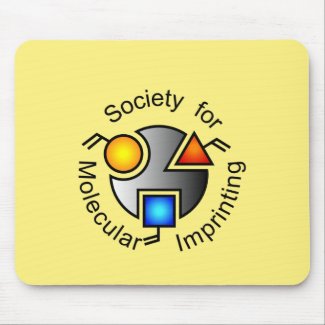
Authors: Pandey I, Kant R
Article Title: Electrochemical impedance based chiral analysis of anti-ascorbutic drug: l-Ascorbic acid and d-ascorbic acid using C-dots decorated conductive polymer nano-composite electrode.
Publication date: 2016
Journal: Biosensors and Bioelectronics
Volume: 77
Page numbers: 715-724.
DOI: 10.1016/j.bios.2015.10.039
Alternative URL: http://www.sciencedirect.com/science/article/pii/S0956566315305029
Abstract: Clinical manifestations owing to l-ascorbic acid for scurvy as comparison to d-ascorbic acid and challenges of chiral purity are overcome by using chiral selective conductive polymer nanocomposite which mimics antibodies and enzymes. A novel chiral selective imprinted polyaniline-ferrocene-sulfonic acid film has been electrochemically fabricated on C-dots modified pencil graphite electrode. The performance of the obtained l-ascorbic acid or d-ascorbic acid chiral selective sensor was investigated by electrochemical impedance spectroscopy, cyclic and differential pulse voltammetry. The surface characteristics of the C-dots, chiral sensor before and after the de-doping of chiral d- and l-ascorbic acid were characterized by scanning electron microscopy, Raman spectroscopy and X-ray diffraction spectroscopy. Excellent recognition results were obtained by difference in electron transfer resistance. The proposed chiral sensor is capable of measuring d-ascorbic acid or l-ascorbic acid in aqueous as well as in real and commercial samples within the range of 0.020-0.187 nM and 0.003-0.232 nM with detection limit of 0.00073 nM and 0.00016 nM, respectively. The proposed method has also been examined for the chiral selective recognition of ascorbic acid isomers (d- and l-) quantitatively, in complicated matrices of real samples
Template and target information: l-ascorbic acid, vitamin C, d-ascorbic acid
Author keywords: electrochemical impedance spectroscopy, D-and l-ascorbic acid, Charge Transfer Resistance, Constant Phase Element



Join the Society for Molecular Imprinting

New items RSS feed
Sign-up for e-mail updates:
Choose between receiving an occasional newsletter or more frequent e-mail alerts.
Click here to go to the sign-up page.
Is your name elemental or peptidic? Enter your name and find out by clicking either of the buttons below!
Other products you may like:
 MIPdatabase
MIPdatabase









